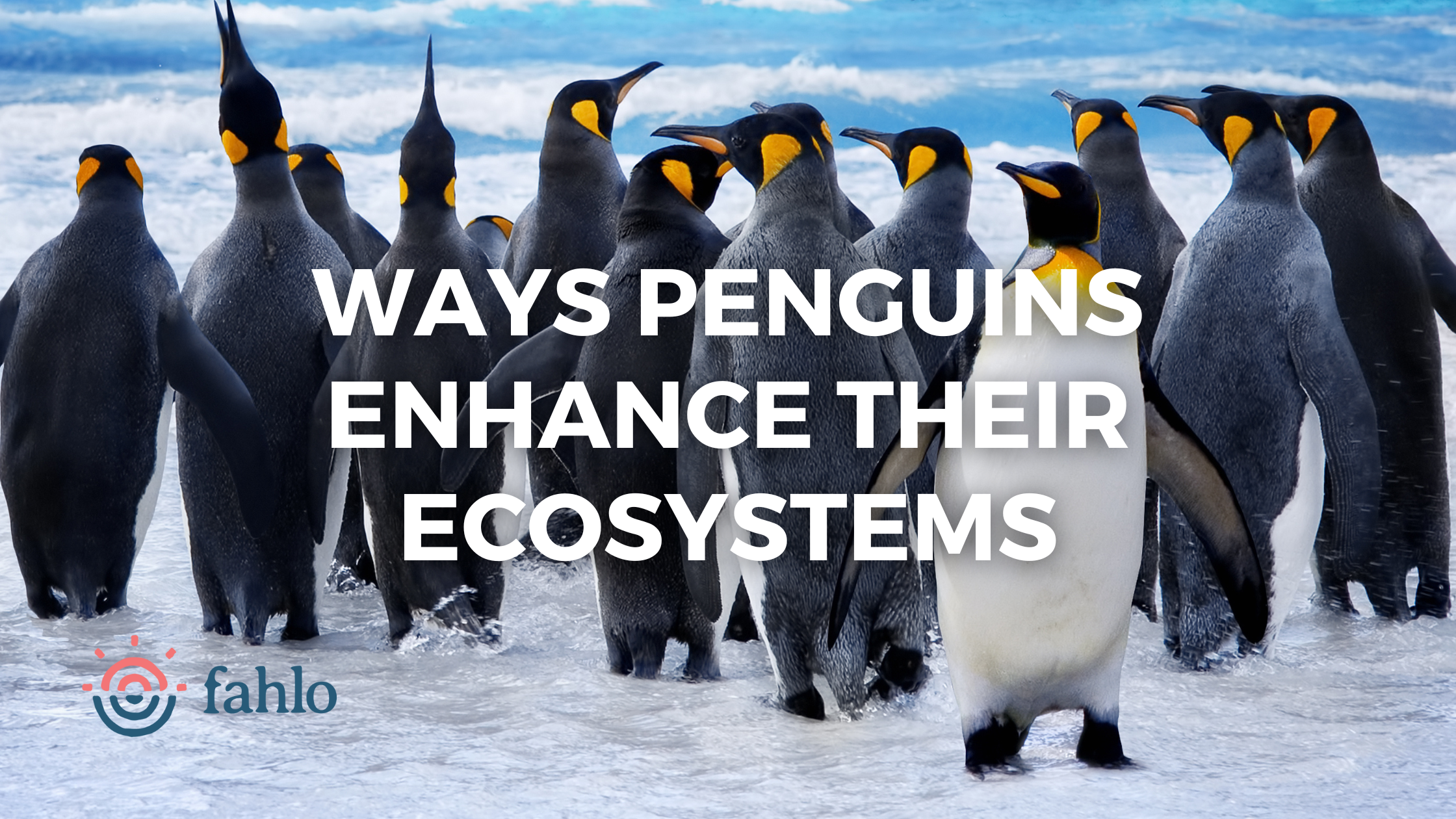
While many of us may never see penguins in the wild, there is something about these flightless birds that captures the imaginations of many. From the formalwear look of their plumage to the way they waddle single-file across the ice, there is something special about penguin life.
Unfortunately, many penguin species are under threat. The effects of climate change and pollution are causing problems for penguin populations. Penguin adaptations can only do so much to help these animals that rely on specific conditions for survival.
What makes this even more troubling is that penguins contribute a lot to the environment. They serve significant roles in a number of ecosystems. It could be disastrous if they were to disappear.
How do penguins enhance their ecosystems? This post will cover some of the ways penguins are important to the ecosystems in which they live.
They are Critical for Local Food Chains
The penguin habitat is often a delicate balance of predator and prey species. Penguins serve both roles in their ecosystems. They feed on things like krill, squid, and anchovies, but they are a significant food source for sea lions, seals, and orcas. The removal of penguins from an ecosystem could be catastrophic for the predator species. Without enough penguins to feed on, some of these seal species would be under extreme pressure.
Penguins Fertilize the Land with Vital Nutrients
Penguins live at sea and on land. As they travel to and from the ocean, they act as a source of fertilizer for plants in both penguin habitats. As they go to the sea to find food, they leave feces in the water and on land. Their waste is rich in key plant nutrients like carbon and nitrogen. Without this activity from penguins, ocean health and soil health could degrade significantly.
Controlling the Population of Prey Species
The loss of penguin populations would do more than just disrupt the food chain for the predators that hunt them. Along with that, it would have a significant impact on the species they hunt. The loss of some penguin species could result in predator release. This is a phenomenon in which the population of a prey species grows out of control when its predators disappear. Without limits on population levels, these prey species can devastate their ecosystems.
Just as a hypothetical, we could look at krill. Many penguin species rely on krill as a food source. If they were to disappear, krill populations could grow too fast. This could then result in them consuming too much phytoplankton. With phytoplankton being at the core of many aquatic food chains, this could then lead to the collapse of the local ecosystem.
They Indicate Environmental Health
Penguin life is a good indicator of the health of an ecosystem. They live both at sea and on land, and their behaviors can tell researchers a lot about what is going on in both habitats. For example, penguins in the arctic need sea ice to hunt. If you see fewer penguins in a region where there used to be many, it could indicate the lack of sea ice in that area. Fewer penguins at sea or on land in an area could also indicate issues with the prey species in the habitat. It could be a sign that overfishing is occurring in that area.
We are proud to partner with the Global Penguin Society (GPS). They do important work protecting penguin populations. With the sale of every penguin bracelet, we donate some of the profits to GPS. Beyond contributing to a great cause, every purchase also comes with a penguin you can track.